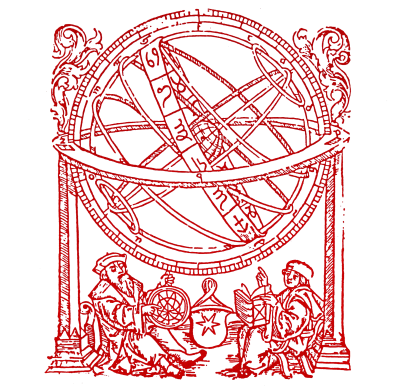Abstract of the presentation:
In 1928 on San Miguel, a tiny island of Luzon, Philippines, a few coconut palms were slowly dying. By 1938, 50,000 palms on coconut plantations were dying or dead. No bacteria or fungi were found to be associated with the dying palms. The disease, believed to be caused by a virus, began to spread onto the mainland of Luzon. It became known as cadang-cadang (dying-dying, or slowly dying, in the Bicolano language). During the following decades plant pathologists and entomologists from the USA, India, Italy and Australia were assisting their Philippine colleagues in trying to find the vector of the cadang-cadang disease agent and attempting to devise prevention and control measures. In 1976 the disease agent was found not to be a virus, but a viroid, one of a group of plant pathogens composed entirely of a sequence of naked DNA. With the identification of the disease agent the search for vectors was abandoned. No resistant coconut palm varieties have been found. By now an estimated 50 million palms have died in and around the area of the original outbreak. The devastation is limited to a few provinces and nearby islands.
I shall describe how the cadang-cadang viroid may have been transmitted in the past and how further spread could be prevented. Until now no means for implementing control measures have been established.
Biography
Karl Maramorosch, Ph.D., Robert L. Starkey Professor of Microbiology and Professor Emeritus of Entomology at Rutgers -The State University of New Jersey, New Brunswick, New Jersey.
Dr. Maramorosch, a native of Vienna, Austria, grew up in Poland and graduated Summa cum Laude from SGGW, the Agricultural University of Warsaw. He obtained his Ph.D. degree from Columbia University. His scientific career began at Rockefeller University where he spent twelve years working on plant viruses and insect vectors. Later, he became Program Director of Virology and Insect Physiology at the Boyce Thompson Institute. Since 1974, he has served as a Distinguished Professor at Rutgers University, where he became the Robert L. Starkey Professor of Microbiology in 1983.
Professor Maramorosch is a Fellow, former Recording Secretary and Vice-President of the New York Academy of Sciences, a Fellow of the American Association for Advancement of Science and of the American Phytopathological Society, a Fellow and Honorary Member of the Entomological Society of America, Honorary Fellow of the Indian Virological Society, a Foreign Fellow of the Indian National Science Academy, a member of the Leopoldina Academy, the Society for In Vitro Biology, the American Society for Virology, the Microscopy Society, the International Organization for Mycoplasmology, the Society for Invertebrate Pathology and of other professional organizations. He won the 1980 Wolf Prize in Agriculture, often called the Agriculture Nobel Prize, and numerous other awards and honors, including the Jurzykowski Award in Biology, AIBS Award of Distinction, the Waksman Award, AAAS-Campbell Award, the 2012 SGGW Award of Distinction and others. He was nominated by the Entomological Society of America and the Phytopathological Society for the National Medal of Science. He has held short-term assignments from the Rockefeller Foundation, the Agency for International Development, U.S. Department of Agriculture, and Ford Foundation in Mexico, India, Kenya, and Philippines.
Dr. Maramorosch has edited more than 90 volumes on viruses, vectors, plant diseases, invertebrate cell culture, and is the author or co-author of more than 800 research papers. His major interests include comparative virology, invertebrate cell culture, parasitology, diseases caused by spirochetes, viroids, phytoplasmas and spiroplasmas. He is an active participant in biotechnology studies and international scientific cooperation.
In Dr. Maramorosch’s long and distinguished career he has served twice as visiting Fulbright Professor in Yugoslavia and as a visiting professor in China, U.S.S.R., the Netherlands, Germany Poland, Romania, Japan and India.

